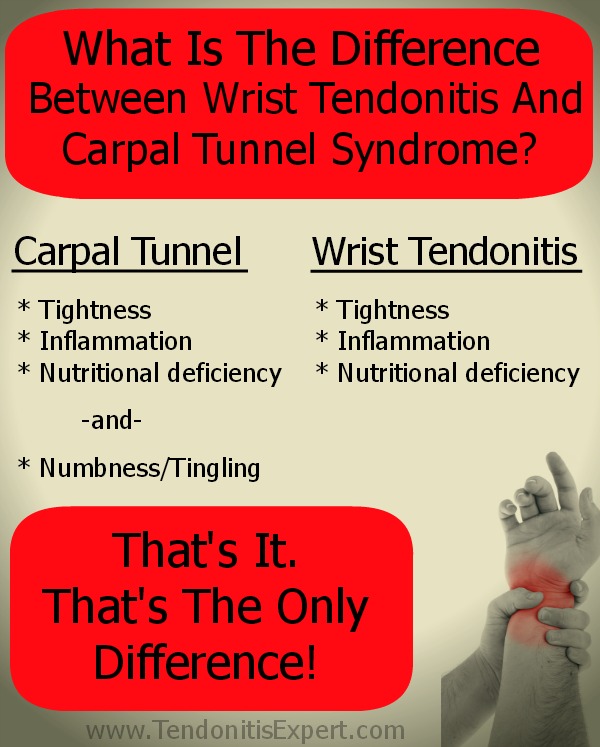Pianist Tendonitis, a hard formation at the wrist, but without pain
by Arden
(Paris)
Hello, I am a young pianist, my problem is on the under the second and third fingers tendons of my hand there is a formation (a solid thing) i can feel it when i touch and i can move it sideways. It is very close to my wrist and it is not causing any pain, but i am wondering if it is making my playing less flexible and making the learning process slower?
And also i am wondering if i loose my flexibility after some time completely.
I will be happy if you can advise me. I can not rest my hand because i should play and practice, i use some anti inflamtory but it is not making this formation to disappear. do you think i should make a surgery?
thank you.
Arden.
----
Joshua Answers:
Hi Arden. I'm certainly happy to offer suggestions as I can.
So.
Anti-inflammatory drugs like Ibuprofen don't work for much, much less reduce lumps and growths of any kind.
The question is, what exactly is this formation?
You don't have pain, so it's not likely Tendonitis, though if you play piano a lot you will sooner or later experience the results of tightening muscles and the Pain Causing Dynamic that MAY OR MAY NOT develop, depending on your nutrition and your self care and the luck of how your body is built.
See: What Is Tendonitis?
So.
1. Is it a formation on your actual tendon? Or is it floating loose?
2. How big is it?
3. What happens if you poke/squeeze it?
4. Is it deep, or just under the skin? Is the skin raised?
5. Previous pain or injury to the wrist?
6. -Is- it reducing your flexibility or slowing your learning?
Answer those questions, and we'll go from there.
----------------------
Please reply using the comment link below. Do not submit a new submission to answer/reply, it's too hard for me to find where it's supposed to go.
And, comments have a 3,000 character limit so you may have to comment twice.
-----------------------

Joshua Tucker, B.A., C.M.T.
The Tendonitis Expert
www.TendonitisExpert.com
| Share Your Story Achilles Tendonitis Surgery Stories Carpal Tunnel Surgery Stories Plantar Fasciitis Surgery Stories Nerve Conduction Test Stories Share YOUR stories (and horror stories!). |
Comments for Pianist Tendonitis, a hard formation at the wrist, but without pain
|
||
|
||




